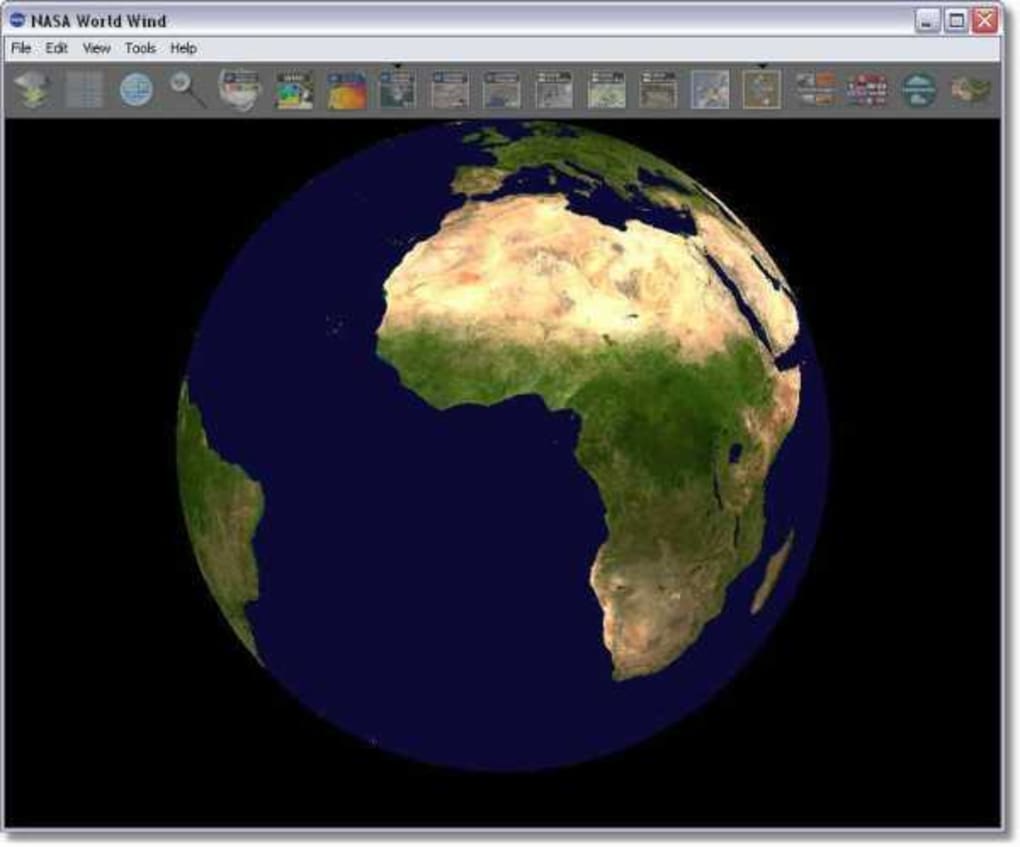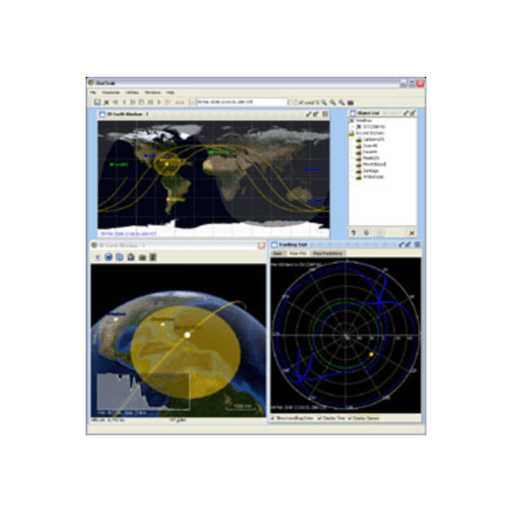
However, it was the Mastcam-Z cameras which made the most important discovery of the year. The local rocks were abnormally hard, but after several failed attempts, she collected three samples for analysis in her onboard chemistry lab. To unravel the mystery of the Marker Band, Curiosity spent the next nine months collecting data on the area with her suite of ten instruments. Petrified ripples in the Marker Band valley indicate that the area was once covered by a shallow, salty lake. The Curiosity team expected to find evidence for an abrupt transition from a habitable ancient climate to the arid environment which we see today, which is one of the most important events in Mars’ history. As it lies between these two types of rock, planetary scientists hypothesized that the Marker Band itself could represent an environmental calamity, such as the loss of Mars’ magnetic field. Above the Marker Band, there is a thick layer of sulfate minerals, which are usually found in acidic, evaporating bodies of water. Curiosity’s mission is to explore up to two billion years of Martian history by climbing Mount Sharp, reading the sedimentary layers like a history book as she drives.Ĭuriosity previously explored the clay-rich rocks beneath the Marker Band, which were deposited in clement lakes with neutral pHs. According to the geological law of superposition, sediments are always deposited in age order, with younger rocks on top of older rocks. Gale’s central peak, Mount Sharp, is a towering three-mile-tall mountain of sedimentary rock. They originally dispatched the rover to Gale Crate r because the site preserves a unique record of the Martian climate. (2011).Įven before Curiosity landed on Mars, the Marker Band has been a tantalizing region of interest for the mission’s scientists. For an 11-year-old rover, Curiosity is remarkably healthy, and she continues to return valuable data on how Mars lost its habitability.Ī presentation slide from the 5th Mars Science Laboratory Landing Site Workshop shows Curiosity’s projected route and the location of the enticing Marker Band. To date, Curiosity has traveled 18.9 miles from its landing site, captured over a million images, and discovered that Mars once possessed all of the geochemical ingredients required by life.

Nasa world wind forums series#
An exhaustive series of tests and simulations indicated that each of these elements should work, but prior to August 6 th, 2012, they had never been tested as an integrated system.

Promotional materials described the groundbreaking landing attempt as “Seven Minutes of Terror.” Curiosity’s fate hinged upon a heat shield larger than the base of the Apollo Command Module, the largest supersonic parachute ever developed, and a hovering rocket-powered descent stage which lowered the rover to the ground from a cable. Credit: NASA.Įleven years ago today, NASA’s Curiosity rover landed gently on the surface of Mars. Over a decade after their rover landed on Mars, the Curiosity team created this beautiful composite image of a sunrise in Gale Crater.


 0 kommentar(er)
0 kommentar(er)
